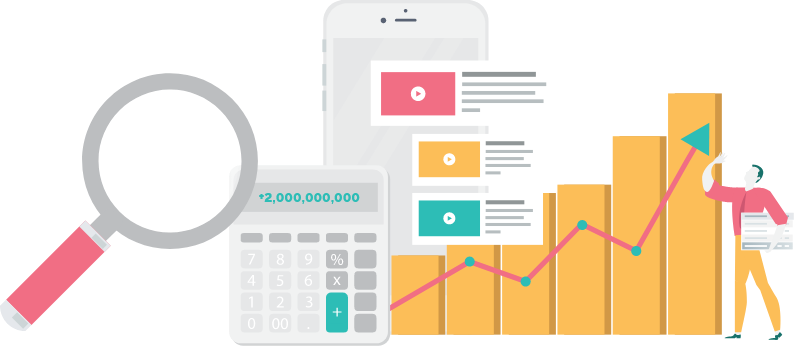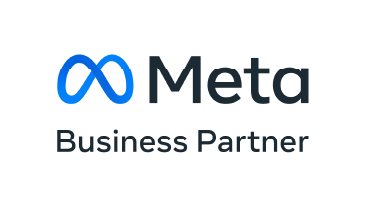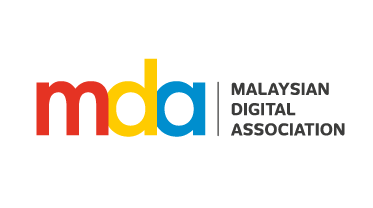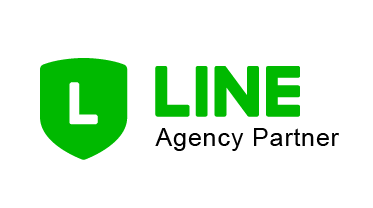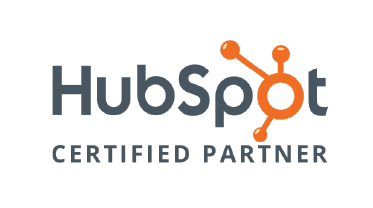CTA (Call to Action): If you have come across terms including “Shop Now” or “Find out more”, these are known as CTAs where they provide information to your users for them to click your site directly either to purchase the product or even fill up a form.
CTR (Click Thru Rate): A measurement used to determine the number of clicks an ad has received. CTR is calculated by taking the total amount measured and dividing it by the number of impressions and subsequently multiplying by 100.
Conversions: An expectation you have towards your customer or audience after they encounter your ads is known as a conversion. This can be observed via Facebook ads as well if a potential customer clicks on your ad to purchase your products. There are different types of conversion actions depending on what you expect from your customer.
CPA (Cost per Acquisition): The cost of one conversion from your paid ad. This is calculated by taking the total payout and dividing it by the number of conversions.
CPC (Cost per Click): Cost a business owner is charged per click on an ad. The cost is calculated by taking the total payout and dividing it by the number of clicks.
CPL (Cost per Lead): Cost incurred on marketing to obtain one lead. The cost is calculated by taking the total payout and dividing it by the number of leads. While seemingly similar to CPA, CPA casts a wider net to new customers while CPL focuses on qualified customers.
CPM (Cost per Thousand): Also known as the cost per mile., this cost is the amount you incur per 1000 ad impressions. To calculate, take the total payout divide it by the total ad impressions and multiply it by 1000.
Crawl or Crawling: Google Bot uses crawling to discover a site and subsequently downloads said data. The collected data will then be indexed making it easier for users to make their Google search and being shown only relevant searches based on keywords.
